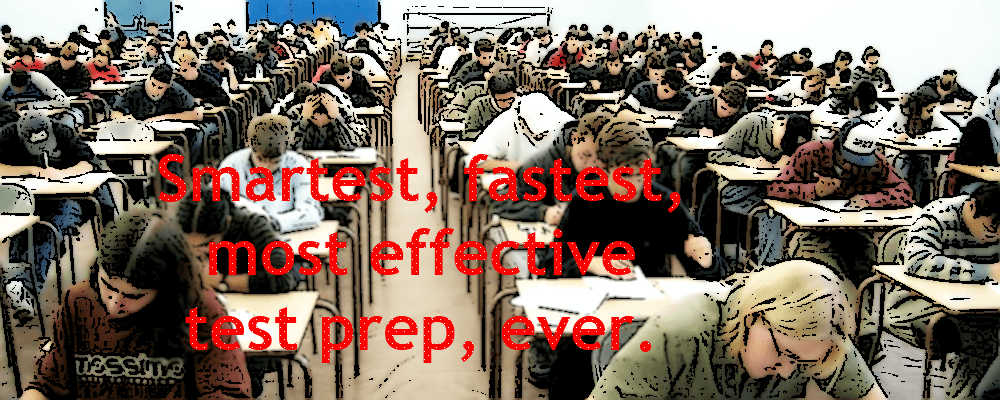85 multiple-choice questions, 60 minutes
Calculator not allowed
Periodic table will be provided
Units are expressed in Metric System only
Structure of matter
Atomic Structure, including experimental evidence of atomic structure, quantum numbers and energy levels (orbitals), electron configurations, periodic trends
Molecular Structure, including Lewis structures, three-dimensional molecular shapes, polarity
Bonding, including ionic, covalent, and metallic bonds, relationships of bonding to properties and structures; intermolecular forces such as hydrogen bonding, dipole-dipole forces, dispersion (London) forces
States of matter
Gases, including the kinetic molecular theory, gas law relationships, molar volumes, density, and stoichiometry
Liquids and Solids, including intermolecular forces in liquids and solids, types of solids, phase changes, and phase diagrams
Solutions, including molarity and percent by mass concentrations, solution preparation and stoichiometry, factors affecting solubility of solids, liquids, and gases, qualitative aspects of colligative properties
Reaction types
Acids and Bases, including Brønsted-Lowry theory, strong and weak acids and bases, pH, titrations, indicators
Oxidation-Reduction, including recognition of oxidation-reduction reactions, combustion, oxidation numbers, use of activity series
Precipitation, including basic solubility rules
Stoichiometry
Mole Concept, including molar mass, Avogadro’s number, empirical and molecular formulas
Chemical Equations, including the balancing of equations, stoichiometric calculations, percent yield, and limiting reactants
Equilibrium and reaction rates
Equilibrium Systems, including factors affecting position of equilibrium (LeChâtelier’s principle) in gaseous and aqueous systems, equilibrium constants, and equilibrium expressions
Rates of Reactions, including factors affecting reaction rates, potential energy diagrams, activation energies
Thermochemistry
Including conservation of energy, calorimetry and specific heats, enthalpy (heat) changes associated with phase changes and chemical reactions, heating and cooling curves, entropy
Descriptive chemistry
Including common elements, nomenclature of ions and compounds, periodic trends in chemical and physical properties of the elements, reactivity of elements and prediction of products of chemical reactions, examples of simple organic compounds and compounds of environmental concern
Laboratory
Including knowledge of laboratory equipment, measurements, procedures, observations, safety, calculations, data analysis, interpretation of graphical data, drawing conclusions from observations and data

